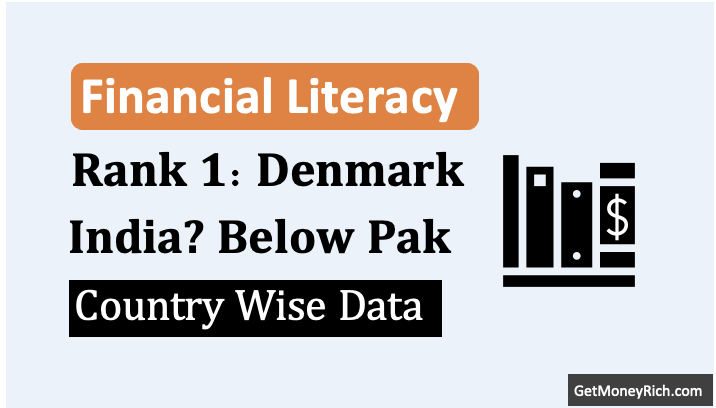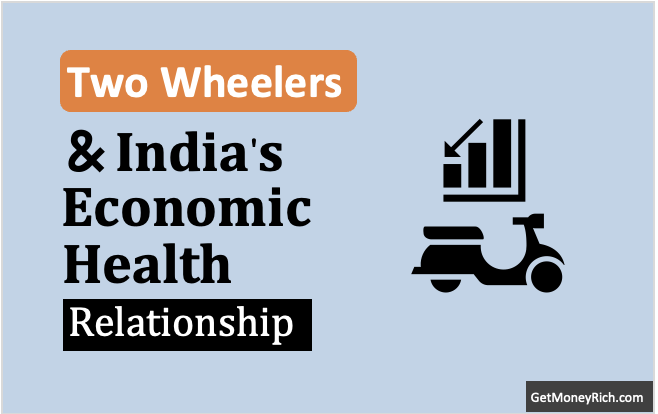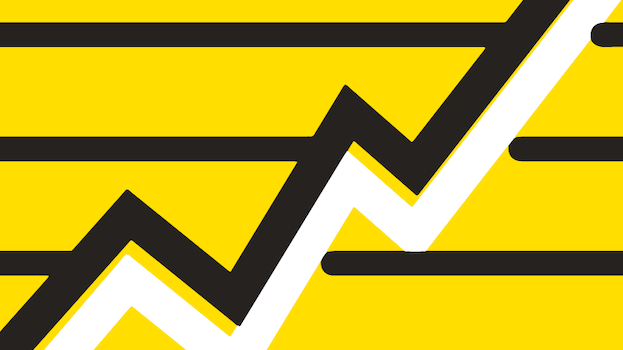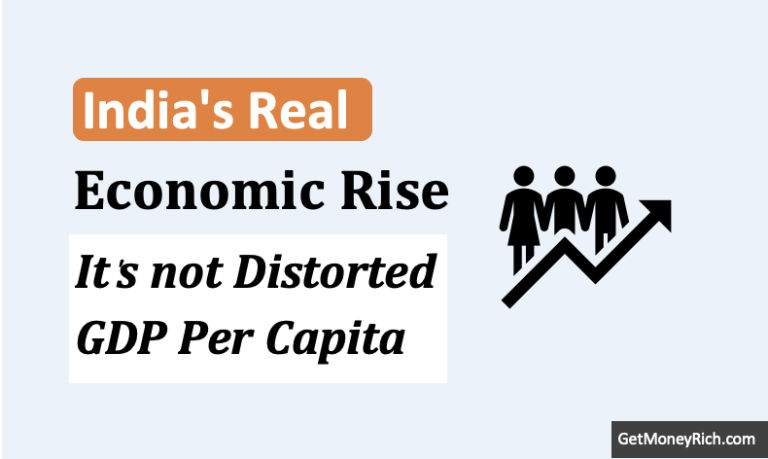Summary Points:
- RBI cut repo rate to 6% in April 2025. CRR dropped from 4.5% to 4% in December 2024.
- CRR cut gives banks instant cash to lend.
- Repo rate cut makes borrowing cheaper over time.
- Both tools boost money flow in economy. RBI picks them based on liquidity and growth needs. Check the tablated differences here.
- FAQs explain impact on loans, savings, jobs (read it here).
- It’s all about understanding RBI’s economic moves.
Introduction
Yesterday (09-Apr-2025), the Business Standard reported that the RBI decided to cut the repo rate by 25 basis points, bringing it down to 6%. Now, this decision came not too long after the RBI’s CRR cut from 4.5% to 4% in December 2024 (read about CRR cut here). Two big decisions is only a few months apart. Hence, it got me wondering, why does the RBI sometimes go for a CRR cut and other times tweak the repo rate? On what basis they decide when to pick the CRR and when the repo rate?
To answer these question, we need to first understand what these two terms, CRR and repo rate, really mean. How similar they are where they are different.
To make my post more practically useful, I will also answer some related questions (FAQ type) that I think are worth knowing. Knowing this stuff can help us make sense of the economy and even guide our investment decisions whenever RBI take a monetary policy decision.
Let’s start the discussion.
The Story of CRR and Repo Rate
Suppose you’re a banker in Mumbai. You are responsible to manage crores of rupees in deposits.
CRR
Now, the RBI, your big boss, tells you that a chunk of all your deposits (savings plus fixed), say 4.5%, has to stay locked with the RBI. That’s the Cash Reserve Ratio, or CRR. You can’t lend it, you can’t touch it. It is just sitting with RBI doing nothing. Now, if the RBI cuts the CRR to 4%, suddenly you’ve got extra cash to lend out. That’s what happened in December 2024 when they dropped the CRR limit from 4.5% to 4%. Banks across India got a nice little bonus. They had more money to give out as loans to people & businesses.
Repo Rate
Now, the repo rate is different. It’s the rate at which the RBI lends money to banks when they’re short on funds. Think of it like a quick loan from your employee to manage an emergency. On April 9, 2025, the RBI cut this rate by 25 basis points (that’s 0.25% in simple terms) to 6%. Why? With global trade tensions, like those US tariffs negatively effecting our economy, RBI probably wanted to make borrowing cheaper. If banks can borrow at a lower rate, they might lower loan rates for us too. At lower rates, people will borrow more and also spend more. Increased spending will negate the effect of US tariffs.
Both moves (CRR cut and Repo Rate cut) are about getting more money flowing into the economy. But they work in their own ways.
- A CRR cut is like handing banks some extra cash upfront.
- A repo rate cut is more like lowering the price tag on borrowing, hoping banks pass the discount along.
Both tools are there in the hands of the RBI. Their mission is the same, to keep the economy buzzing at a controlled speed – neither recession not high inflation is acceptable.
Why RBI Sometimes Chooses One Over the Other?
So why doesn’t the RBI just stick to one?
When I asked this to myself, I though it is a great question. Why I did not asked it before? Anyways, let’s get to the answer.
- To answer this question, we must look around and see what’s happening around us. Take the CRR cut in December 2024 for example. Maybe, at that time, the RBI saw banks were strapped for cash. They concluded in the MPC meeting that probably too much cash locked away with CRR. There is not enough to lend as there is a demand for loan but cash is not there. In such a situation, cutting the CRR is a more logical decision. It’s direct, it’s fast, it will immediately enhance the liquidity. Moreover, the banks will have no choice but to use that extra money (for lending) and pushing the economic activity.
- Then comes the repo rate cut in April 2025. In today’s scenario, the bigger concerns for the RBI is slow growth but inflation is under control (below 4% lately). From inflation front, the situation is good but how to boost growth? In such a scenario, RBI will want to motivate the banks to lend more. How they will execute this idea? By making it cheaper for the banks to borrow money from RBI. It’s a signal for the banks, from their boss, that let’s get people spending and businesses investing. But the changes in the repo rate takes time to show as economic activity. It’s action is slower (not as fast as CRR change). One of the main reason for it is, banks don’t always pass on the full benefit right away.
The RBI’s decision are never random.
The Monetary Policy Committee (MPC) sits down every couple of months, looking at numbers like GDP, inflation, and how much cash is available with the banks.
If liquidity’s tight or excess, the will lower or increase the CRR respectively. If growth is slow or too fast (high inflation) they will lower or increase the repo rate.
Though it may sound simple, but RBI’s role is one of the toughest public service jobs.
Difference Between CRR and Repo Rate
To understand the difference more easily I’ve prepared this tabulated difference between CRR and Repo. Let’s see how they both stack up one over the other
| Aspect | CRR Cut (Cash Reserve Ratio) | Repo Rate Cut |
|---|---|---|
| Definition | Reduction in the percentage of a bank's total deposits that must be kept as reserves with the central bank. | Reduction in the interest rate at which the central bank lends short-term funds to commercial banks. |
| Primary Objective | Increases liquidity by freeing up funds that banks can lend. | Encourages borrowing by reducing the cost of funds for banks. |
| Impact on Liquidity | Directly increases the amount of money available for lending. | Indirectly increases liquidity by making borrowing cheaper. |
| Mechanism | Reduces the mandatory reserve requirement, releasing cash to banks. | Lowers the cost of borrowing from the central bank. |
| Effect on Interest Rates | No direct impact on loan interest rates; depends on bank policies. | Directly reduces borrowing costs, often leading to lower loan rates. |
| Control by Central Bank | Mandated by the central bank; banks have no choice but to comply. | Banks choose whether to borrow at the reduced rate. |
| Speed of Impact | Immediate, as it directly increases lendable funds. | Slower, as it depends on banks passing the benefit to customers. |
| Similarities | – Both are monetary policy tools used by the central bank. | – Same as CRR cut. |
| – Both aim to stimulate economic activity by increasing liquidity. | ||
| – Both can influence credit availability in the economy. | ||
| Example | If CRR is cut from 4% to 3%, a bank with $100 million in deposits can now lend an additional $1 million. | If repo rate is cut from 6% to 5.5%, banks can borrow at 5.5%, potentially lowering loan rates for customers. |
| Risk | Excess liquidity may lead to inflation if not managed. | Cheaper credit may fuel inflation or asset bubbles. |
Both, CRR and Repo Rate, are RBI’s way of boosting the economy. But CRR change is RBI way to boost or such out cash immediately from the economy. Whereas, Repo Rate change brings about a more gradual, sustained, and deep money flow in the economy. CRR is like giving a friend Rs.500 versus inviting him/her over a free dinner.
FAQs on CRR and Repo Rate
Both, CRR and repo rates, is always in the news in some way or the other. Though these terms may sound unrelated to use, but they do effect our finances to. So, allow me to present to you some FAQs which you might ask and seek answers after every CRR and Repo Rate chnages:
Well, a repo rate cut, like the one in 09-April-2025, makes borrowing cheaper for banks. As a result, they might lower rates on our home or car loans. Imagine your EMI dropping when interest falls from 8.5% to 8%. Its a nice feeling, right? A CRR cut doesn’t directly alters the rates, but with more cash in their hands, banks might offer better loan deals to us. It’s an indirect way of RBI telling banks to lower the rates.
If prices are shooting up, say, there is a high food inflation, RBI might hike these rates to pull money out of circulation. CRR hike will immediately take money out of circulation. Repo rate hike will make it costlier to borrow loans. This will eventually make people spend less, and inflation cools off. It’s the RBI way of keeping the prices in control.
When repo rates drop, banks often trim what they pay on savings or fixed deposits. A CRR cut might not hit deposit rates directly. But if banks have excess cash, they won’t feel like raising the deposit rates either.
More money from a CRR or repo cut can mean more spending. It is great for shopkeepers as demand goes up. But it might push the prices of things upwards. RBI keeps an eye on the price changes of a few essential goods. Based on that they may decide to later the CRR or repo rate.
A CRR cut works fast because banks get extra cash right away. You might see loan ads popping up soon. But a repo rate cut? That’s slower. It depends on banks passing the lower rates to us. It may take weeks before the repo rate changes gets reflected on our loan rates.
It can. More lending, whether from a CRR or repo cut, helps businesses grow. Imagine a small factory increasing it production. They may need to hire more people during such time.
The RBI’s Monetary Policy Committee (MPC) of about six people, including the governor takes these policy decisions. There is a MPC meeting every two months in which the review the current situation of inflation and growth. Depending on the result of the meeting, they may decide to change or maintain the status quo.
The RBI’s actions, like CRR and repo tweaks, are monetary policy. These policy decisions are taken to control the money supply and interest rats. The government’s budget takes fiscal policy decision like income for the government (taxes), incentives for public (subsidies), or spending decisions like Capex (building roads, etc). The RBI keeps cash flowing; the government collects and spends it.
Conclusion
So, there we are, CRR cuts and repo rate cuts, two sides of the RBI’s coin.
The December 2024 CRR cut was a fast cash boost for banks. While the April 2025 repo rate cut is about easing borrowing in shaky global times.
It’s fascinating to see how the RBI juggles these tools to keep our economy steady.
For me, understanding this feels like looking inside the minds of our RBI governor. It’s about knowing why my loan might get cheaper or why my savings interest stays flat. It’s even about guessing if more jobs might pop up in my city.
I think it’s worth keeping an eye on these RBI moves. Next time RBI will announce a rate cut or a hike, you will know what does it mean for the economy. Rate cuts will bring in more spendings (good times) while hikes means caution.
Tell me in the comments section below if you liked my way to representing the CRR or Repo Rate.
Have a happy investing.

![How Changes in Oil Supply Affect the World and our Investments [Explained] - Thumbnail](https://ourwealthinsights.com/wp-content/uploads/2025/03/How-Changes-in-Oil-Supply-Affect-the-World-and-our-Investments-Explained-Thumbnail-768x463.png)





Really awesome brother keep it up…
Thank you.